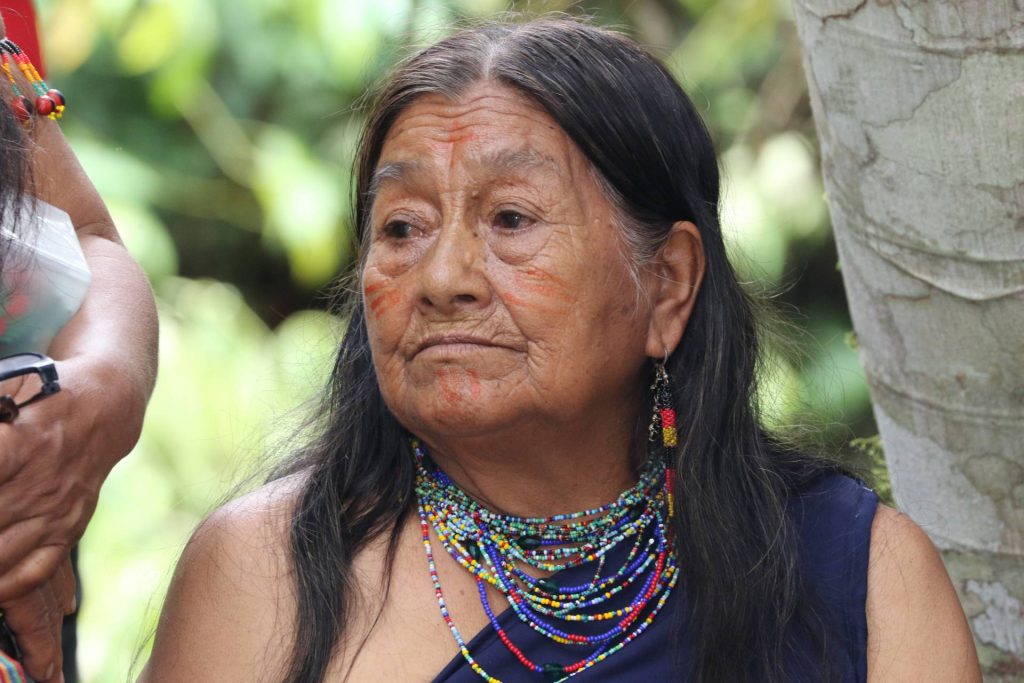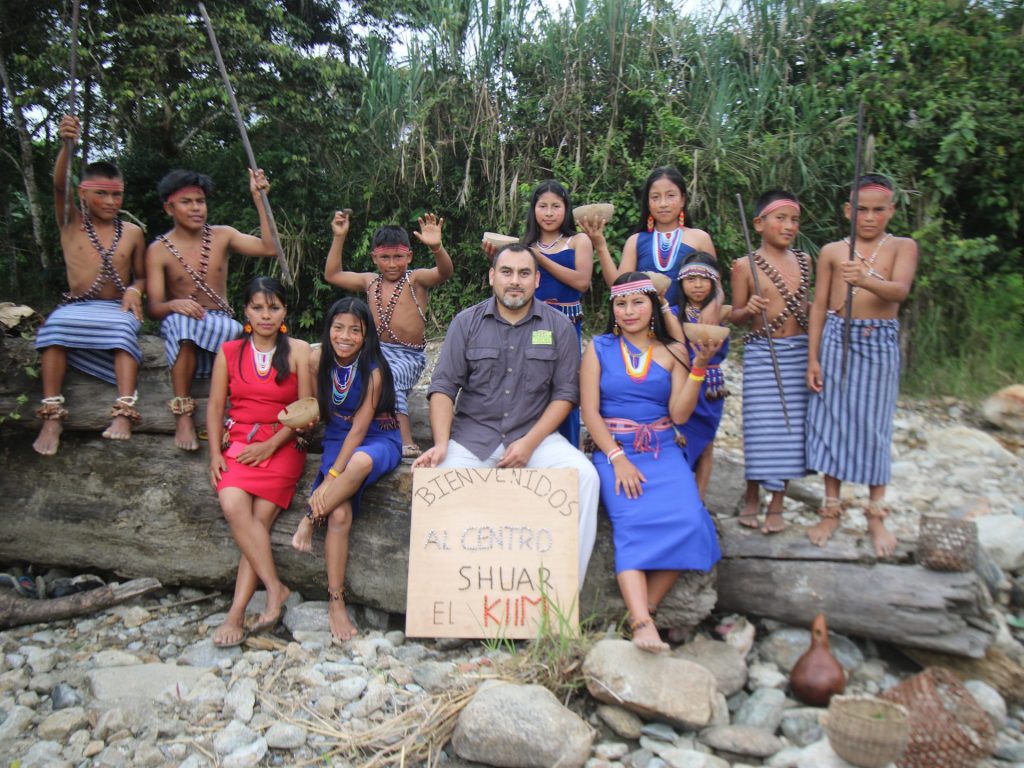Shuar Nationality Achieves Victory in First Ever Indigenous-Managed Protected Area
07/27/2022
The Shuar Kiim Center has fought for 22 years to establish the Tiwi Nunka Protected Area in their ancestral territory.
Not only is this area rich in biological diversity, a valuable connectivity corridor, and hydrologically important, but the most meaningful resource in this area is the ancestral wisdom of the people that live here.
Protecting this territory and the ecosystems found within it, protects the strong link that the Shuar nationality of Kiim has with biodiversity, which has been transmitted for centuries between generations.
A brief history of Tiwi Nunka
Although the Shuar nationality ancestrally had a semi-nomadic lifestyle and dispersed throughout the forest, this changed between the 1950s and 60s as much of their productive territory began to be occupied by settlers.
It was at this point that Shuar families began to form nucleated settlements, known as Centers. Around 1958, the first Shuar couple to settle in what is now the Shuar Kiim Center were Tiwi and Shama. Tiwi Nunka means “Territory of Tiwi” and pays homage to the first Shuar to settle in this area.
In 2008, at the request of the inhabitants of the Shuar Kiim Center, that the national environmental authority first declared the 17,238 acres of the land known as Tiwi Nunka as a Forest and Protective Vegetation Area.
This legal declaration did little to effectively protect their territory. Burning and invasion of their territory had intensified. A long process of mediation was developed with the invaders, however, there were no positive results.

After many years of management, in 2021, the Ministry of Environment, Water, and Ecological Transition announced the titling of 14,021 acres of Tiwi Nunka forest to the Shuar Kiim Center.
Now, in 2022, in a ceremony which took place on July 20th at the Shuar Kiim Center, the Ministry of Environment, Water and Ecological Transition (MAATE) officially announced that Tiwi Nunka will be the first protected area managed by an Indigenous nationality to enter the National System of Protected Areas (SNAP).
The Tiwi Nunka Community Protected Area spans 13,585.48 acres and is the first to involve the territory of an ancestral nationality. This marks a milestone in the declaration of protected areas since traditionally protected areas have been created on territories without the consent of their inhabitants.

The Tiwi Nunka Community Protected Area is of enormous importance both regionally and locally. On the one hand, it is part of a micro-corridor of approximately 500,000 acres, made up of various other protected areas in the region. All these areas include páramos and key forests to guarantee climate regulation, and the regulation of the quantity and quality of water for nearby inhabitants. In addition, it is a refuge for large mammals such as the Andean bear, mountain tapir, and the puma.
For the inhabitants of the Shuar Kiim Center, the protection of Tiwi Nunka protects the headwaters of the Kiim River, which is a source of protein. In summer, community members gather on its margins to fish, this reinforces the community unity and passes wisdom to the next generation. The area is also of spiritual value for the members of the Kiim Center because nearby waterfalls are considered sacred by the nationality.
This achievement may be an example, not only for Ecuador but for the entire Amazon Rainforest in the protection of Indigenous territories. That is why Nature and Culture will continue to work alongside the Shuar Kiim to ensure that this strategy bears fruit in terms of conservation of biological and cultural diversity, but also in the reduction of poverty and access to opportunities for those who live and protect the forest.
We are grateful to all our donors who give us the opportunity to work with Indigenous communities. If you’re interested in supporting our work, please consider making a donation today!


